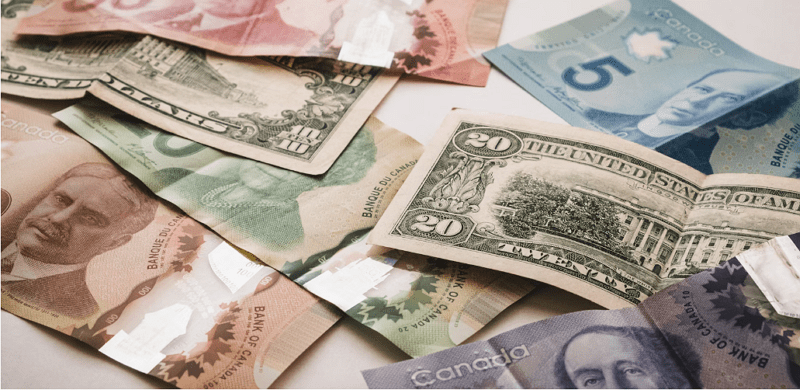
How to Calculate your Emergency Fund Needs
Building an emergency fund is crucial for financial security, but it can be challenging to prioritize it amidst other financial commitments. By following these 10 practical tips, you can make your emergency fund a priority and ensure you’re prepared for unexpected expenses:
1. Set a Specific Goal
Determine how much you need in your emergency fund based on your expenses and financial situation. Aim for three to six months’ worth of living expenses, and set a specific goal to work towards.
2. Create a Budget
Start by creating a budget that includes a line item for emergency fund contributions. This will help you allocate a portion of your income towards saving.
3. Automate Your Contributions
Set up automatic transfers from your checking account to your emergency fund savings account. This ensures that your contributions are made consistently, without relying on manual transfers that can be easily forgotten or postponed.
4. Cut Unnecessary Expenses
Identify areas where you can cut back on discretionary spending. This could include reducing entertainment expenses, dining out, or subscription services. Free up funds by making these adjustments.
5. Increase Income
Explore ways to increase your income, such as taking on a side hustle, negotiating a raise, or finding additional freelance work. This extra income can be directed towards your emergency fund.
6. Use High-Yield Savings Accounts
Invest your emergency fund in a high-yield savings account to earn more interest on your savings. This can help your fund grow faster and provide a higher return on your investment.
7. Keep Your Fund Separate
Keep your emergency fund separate from your regular savings and day-to-day spending accounts. This helps prevent the temptation to dip into the fund for non-emergencies.
8. Review and Adjust
Regularly review your budget and savings goals, and make adjustments as needed. If your financial situation changes, such as an increase in income or expenses, adapt your contribution plan accordingly.
9. Seek Accountability and Support
Consider sharing your emergency fund goals with a trusted friend, family member, or financial advisor. Having someone to hold you accountable and provide support can help you stay motivated and on track with your contributions.
10. Be Patient and Consistent
Building an emergency fund takes time, so be patient and consistent with your contributions. Avoid dipping into your fund for non-essential expenses, and keep working towards your goal.
Additional Tips for Prioritizing Your Emergency Fund
1. Start Small and Gradually Increase
If you’re just starting, it’s okay to start small. Even setting aside a small amount from your income can add up over time. Gradually increase your contributions as your financial situation improves.
2. Save Windfalls
Whenever you receive unexpected money, such as a tax refund or a bonus at work, consider adding it to your emergency fund.
3. Prioritize Debt Repayment
If you have high-interest debt, focus on paying it off before building your emergency fund. This can help you avoid the burden of debt and ensure you have a safety net in place.
4. Educate Yourself on Financial Planning
Continuously educate yourself on financial planning and budgeting. Read books, attend workshops, and stay up-to-date on financial news to improve your financial literacy and make informed decisions.
By following these 10 tips and prioritizing your emergency fund, you can build a robust financial safety net that provides peace of mind and stability in times of uncertainty. Remember, consistency and commitment are the keys to success when it comes to building an emergency fund.




